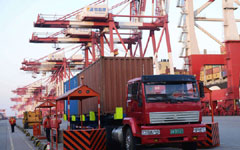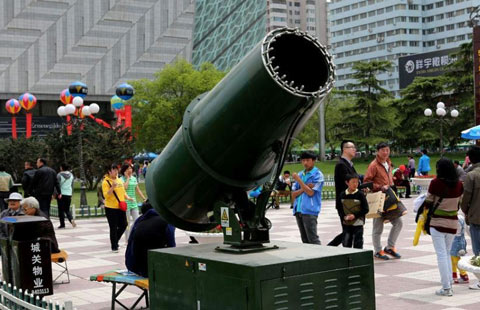Improve quality of growth
By Pan Fan (China Daily) Updated: 2014-05-06 15:01The incomes of a large number of Chinese people will be raised if calculated on a per capita basis, yet their income is far from being at the middle level if current high housing prices are factored in. In 2013, China's Gini coefficient, a gauge of a country's wealth gap, was 0.473, much higher than the internationally recognized alert level of 0.4. This is a reflection of the tangible uneven income distribution in the world's soon-to-be largest economy.
|
 |
 |
Two countries may have different GDP resources at their disposal yet still create the same amount of additional GDP. This is like a building looking starkly different in appearance when it has been built on the same foundations as one that has been demolished. Besides, the different directions in which GDP grows will also produce different results. For example, repeated or misappropriate construction may cause overproduction, wasting of limited resources or damage to the environment. Thus the blind creation of a certain amount of GDP is not equivalent to the same amount of effective GDP.
China only needs to expand its total economic size if it is merely satisfied with acquiring the nominal title of a high-income country, but if it intends to improve the quality of its people's lives the country will have to work harder to adjust its economic structure, raise its economic efficiency, and push for its economic transformation and upgrading. It should also work to conserve its limited resources, protect the environment and perfect its income distribution model to narrow the gap between the rich and poor.
At the same time, it should strive to double people's actual incomes, that is their incomes after deducting inflation and the increase in housing prices.
The author is director of the Statistical Science Research Institute under the National Bureau of Statistics. The Chinese version of this article appeared in Economic Daily.
- Bringing home the bacon
- Diversification key to provinces' success
- Reform is a bright spot amid gloomy data from Q1
- Money market funds must come under controls
- Premier helps launch new expressway
- HED: Shenma search engine looks to take on Baidu
- Oil prices drop on weak Chinese manufacturing data
- China-Africa trade cooperation has broad prospects: Chinese minister
















